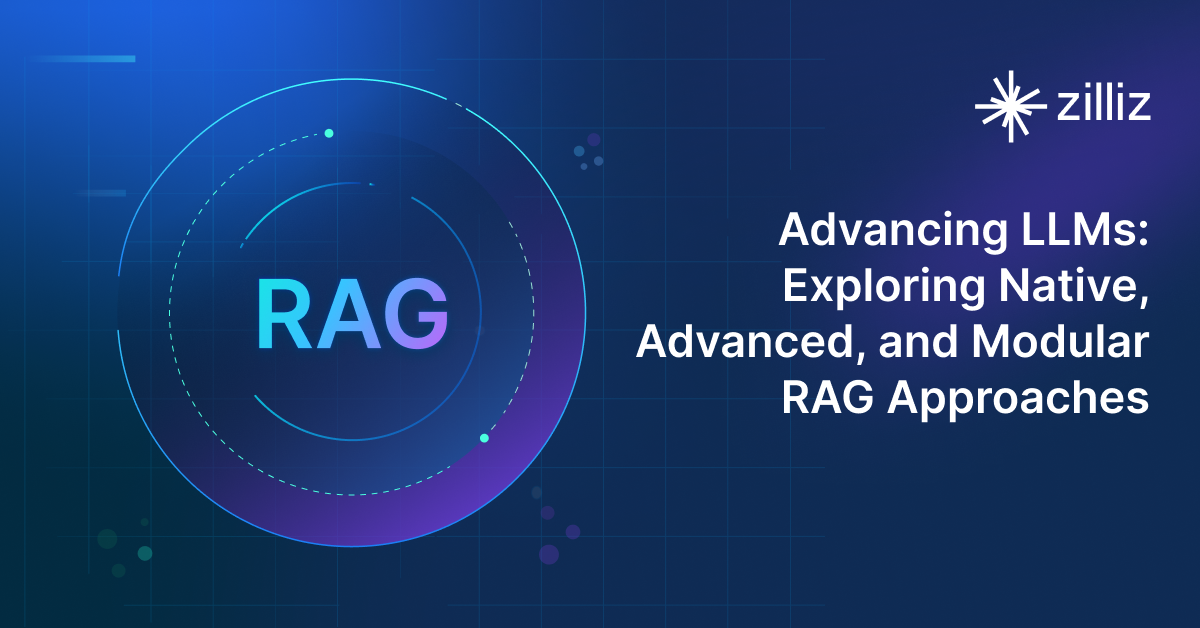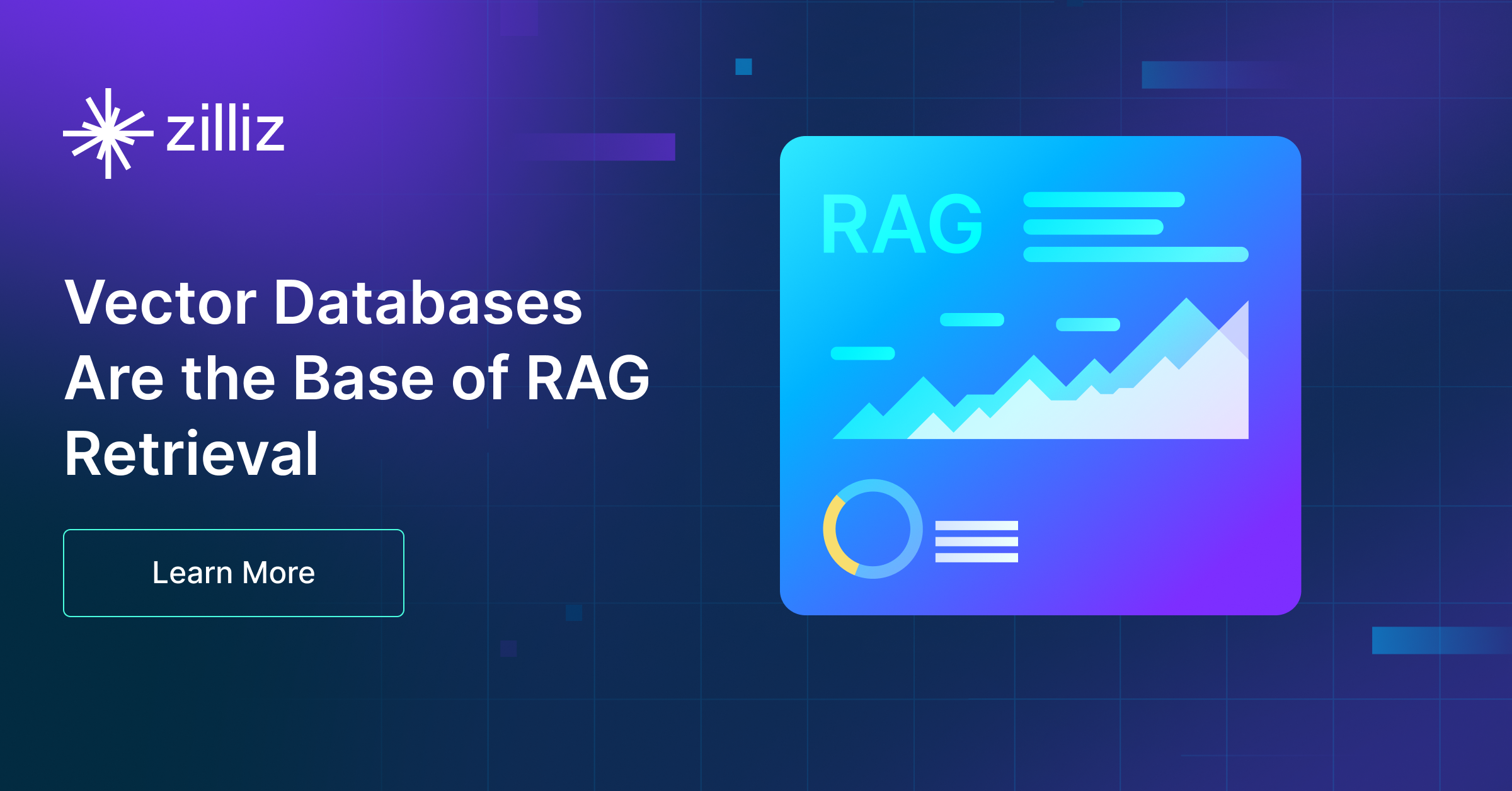Build RAG Chatbot with LangChain, Faiss, Fireworks AI Llama 3.1 8B Instruct, and Azure text-embedding-3-small
Introduction to RAG
Retrieval-Augmented Generation (RAG) is a game-changer for GenAI applications, especially in conversational AI. It combines the power of pre-trained large language models (LLMs) like OpenAI’s GPT with external knowledge sources stored in vector databases such as Milvus and Zilliz Cloud, allowing for more accurate, contextually relevant, and up-to-date response generation. A RAG pipeline usually consists of four basic components: a vector database, an embedding model, an LLM, and a framework.
Key Components We'll Use for This RAG Chatbot
This tutorial shows you how to build a simple RAG chatbot in Python using the following components:
- LangChain: An open-source framework that helps you orchestrate the interaction between LLMs, vector stores, embedding models, etc, making it easier to integrate a RAG pipeline.
- Faiss: also known as Facebook AI Similarity Search, is an open-source vector search library that allows developers to quickly search for semantically similar multimedia data within a massive dataset of unstructured data. (If you want a much more scalable solution or hate to manage your own infrastructure, we recommend using Zilliz Cloud, which is a fully managed vector database service built on the open-source Milvus and offers a free tier supporting up to 1 million vectors.)
- Fireworks AI Llama 3.1 8B Instruct: This model is designed to deliver precise instructions and guidance through advanced reasoning capabilities. With its 8 billion parameters, it excels in generating coherent responses across various domains, making it ideal for educational tools, virtual assistants, and interactive content creation. Its strength lies in user engagement through personalized interactions.
- Azure text-embedding-3-small: This AI model specializes in generating dense vector representations of text inputs, facilitating semantic understanding and comparison. Its strengths lie in efficiency and scalability, making it ideal for applications such as text classification, information retrieval, and natural language processing tasks where rapid semantic similarity assessments are crucial.
By the end of this tutorial, you’ll have a functional chatbot capable of answering questions based on a custom knowledge base.
Note: Since we may use proprietary models in our tutorials, make sure you have the required API key beforehand.
Step 1: Install and Set Up LangChain
%pip install --quiet --upgrade langchain-text-splitters langchain-community langgraph
Step 2: Install and Set Up Fireworks AI Llama 3.1 8B Instruct
pip install -qU "langchain[fireworks]"
import getpass
import os
if not os.environ.get("FIREWORKS_API_KEY"):
os.environ["FIREWORKS_API_KEY"] = getpass.getpass("Enter API key for Fireworks AI: ")
from langchain.chat_models import init_chat_model
llm = init_chat_model("accounts/fireworks/models/llama-v3p1-8b-instruct", model_provider="fireworks")
Step 3: Install and Set Up Azure text-embedding-3-small
pip install -qU langchain-openai
import getpass
import os
if not os.environ.get("AZURE_OPENAI_API_KEY"):
os.environ["AZURE_OPENAI_API_KEY"] = getpass.getpass("Enter API key for Azure: ")
from langchain_openai import AzureOpenAIEmbeddings
embeddings = AzureOpenAIEmbeddings(
azure_endpoint=os.environ["AZURE_OPENAI_ENDPOINT"],
azure_deployment=os.environ["AZURE_OPENAI_DEPLOYMENT_NAME"],
openai_api_version=os.environ["AZURE_OPENAI_API_VERSION"],
)
Step 4: Install and Set Up Faiss
pip install -qU langchain-community
from langchain_community.vectorstores import FAISS
vector_store = FAISS(embedding_function=embeddings)
Step 5: Build a RAG Chatbot
Now that you’ve set up all components, let’s start to build a simple chatbot. We’ll use the Milvus introduction doc as a private knowledge base. You can replace it with your own dataset to customize your RAG chatbot.
import bs4
from langchain import hub
from langchain_community.document_loaders import WebBaseLoader
from langchain_core.documents import Document
from langchain_text_splitters import RecursiveCharacterTextSplitter
from langgraph.graph import START, StateGraph
from typing_extensions import List, TypedDict
# Load and chunk contents of the blog
loader = WebBaseLoader(
web_paths=("https://milvus.io/docs/overview.md",),
bs_kwargs=dict(
parse_only=bs4.SoupStrainer(
class_=("doc-style doc-post-content")
)
),
)
docs = loader.load()
text_splitter = RecursiveCharacterTextSplitter(chunk_size=1000, chunk_overlap=200)
all_splits = text_splitter.split_documents(docs)
# Index chunks
_ = vector_store.add_documents(documents=all_splits)
# Define prompt for question-answering
prompt = hub.pull("rlm/rag-prompt")
# Define state for application
class State(TypedDict):
question: str
context: List[Document]
answer: str
# Define application steps
def retrieve(state: State):
retrieved_docs = vector_store.similarity_search(state["question"])
return {"context": retrieved_docs}
def generate(state: State):
docs_content = "\n\n".join(doc.page_content for doc in state["context"])
messages = prompt.invoke({"question": state["question"], "context": docs_content})
response = llm.invoke(messages)
return {"answer": response.content}
# Compile application and test
graph_builder = StateGraph(State).add_sequence([retrieve, generate])
graph_builder.add_edge(START, "retrieve")
graph = graph_builder.compile()
Test the Chatbot
Yeah! You've built your own chatbot. Let's ask the chatbot a question.
response = graph.invoke({"question": "What data types does Milvus support?"})
print(response["answer"])
Example Output
Milvus supports various data types including sparse vectors, binary vectors, JSON, and arrays. Additionally, it handles common numerical and character types, making it versatile for different data modeling needs. This allows users to manage unstructured or multi-modal data efficiently.
Optimization Tips
As you build your RAG system, optimization is key to ensuring peak performance and efficiency. While setting up the components is an essential first step, fine-tuning each one will help you create a solution that works even better and scales seamlessly. In this section, we’ll share some practical tips for optimizing all these components, giving you the edge to build smarter, faster, and more responsive RAG applications.
LangChain optimization tips
To optimize LangChain, focus on minimizing redundant operations in your workflow by structuring your chains and agents efficiently. Use caching to avoid repeated computations, speeding up your system, and experiment with modular design to ensure that components like models or databases can be easily swapped out. This will provide both flexibility and efficiency, allowing you to quickly scale your system without unnecessary delays or complications.
Faiss Optimization Tips
To enhance the performance of the Faiss library in a Retrieval-Augmented Generation (RAG) system, begin by selecting the appropriate index type based on your data volume and query speed requirements; for example, using an IVF (Inverted File) index can significantly speed up queries on large datasets by reducing the search space. Optimize your indexing process by using the nlist parameter to partition data into smaller clusters and set an appropriate number of probes (nprobe) during retrieval to balance between speed and accuracy. Ensure the vectors are properly normalized and consider using 16-bit or 8-bit quantization during indexing to reduce memory footprints for large datasets while maintaining reasonable retrieval accuracy. Additionally, consider leveraging GPU acceleration if available, as Faiss highly benefits from parallel processing, leading to faster nearest neighbor searches. Continuous fine-tuning and benchmarking with varying parameters and configurations can guide you in finding the most efficient setup specific to your data characteristics and retrieval requirements.
Fireworks AI Llama 3.1 8B Instruct optimization tips
Llama 3.1 8B Instruct is a cost-efficient model that delivers strong performance in RAG applications with moderate complexity. Optimize retrieval by limiting context length to only the most relevant passages, ensuring efficient token usage. Structure prompts clearly, with short, well-organized sections that guide the model’s focus. Keep temperature around 0.1–0.3 for accuracy and fine-tune top-k and top-p for flexibility. Cache high-frequency queries to minimize redundant processing and reduce API costs. Take advantage of Fireworks AI’s infrastructure to batch requests, optimizing efficiency for large-scale operations. Use response streaming to enhance interactivity in applications requiring fast feedback. If deploying multiple models, leverage 8B for simple queries and hand off more complex tasks to larger models.
Azure text-embedding-3-small optimization tips
To optimize the Azure text-embedding-3-small model for your Retrieval-Augmented Generation (RAG) setup, consider batching your input text to process multiple requests simultaneously, which can significantly enhance throughput. Use relevant keywords for fine-tuning the embeddings and ensure your text is preprocessed to remove noise, such as unnecessary punctuation or stop words. Experiment with different similarity metrics during retrieval, like cosine similarity, to improve result relevance. Leverage caching mechanisms to store frequently accessed embeddings, reducing response times. Finally, monitor and analyze performance metrics regularly for iterative improvements and adapt your approach based on user feedback to align the model more closely with your specific use case.
By implementing these tips across your components, you'll be able to enhance the performance and functionality of your RAG system, ensuring it’s optimized for both speed and accuracy. Keep testing, iterating, and refining your setup to stay ahead in the ever-evolving world of AI development.
RAG Cost Calculator: A Free Tool to Calculate Your Cost in Seconds
Estimating the cost of a Retrieval-Augmented Generation (RAG) pipeline involves analyzing expenses across vector storage, compute resources, and API usage. Key cost drivers include vector database queries, embedding generation, and LLM inference.
RAG Cost Calculator is a free tool that quickly estimates the cost of building a RAG pipeline, including chunking, embedding, vector storage/search, and LLM generation. It also helps you identify cost-saving opportunities and achieve up to 10x cost reduction on vector databases with the serverless option.
 Calculate your RAG cost
Calculate your RAG cost
What Have You Learned?
By diving into this tutorial, you’ve unlocked the magic of building a RAG system from scratch! You’ve seen how LangChain acts as the glue that binds everything together, orchestrating workflows between components with elegance and flexibility. Faiss, the vector database, stepped in as your high-speed search engine, slicing through mountains of data to retrieve the most relevant chunks in milliseconds. Then came Fireworks AI’s Llama 3.1 8B Instruct—a powerhouse LLM that transforms those retrieved snippets into coherent, human-like responses, blending creativity with precision. And let’s not forget Azure’s text-embedding-3-small, the unsung hero that turned raw text into rich numerical embeddings, giving your data the structure it needed to play nicely with Faiss. Together, these tools created a seamless pipeline where retrieval meets generation, proving that cutting-edge AI isn’t just for big tech—it’s for you to wield. Plus, you picked up pro tips like optimizing chunk sizes for better accuracy and using parallel processing to turbocharge embeddings, all while keeping costs in check with the free RAG cost calculator (no budget surprises here!).
Now, imagine what’s next! You’ve got the blueprint to build smarter chatbots, dynamic Q&A systems, or even personalized content generators—all powered by your newfound RAG expertise. Whether you’re tweaking parameters to boost performance or experimenting with hybrid search strategies, the possibilities are endless. This tutorial didn’t just teach you steps; it handed you keys to a playground of innovation. So fire up your IDE, play with different datasets, and let your curiosity run wild. The world of AI is moving fast, but you’re not just keeping up—you’re leading the charge. Go build something amazing, share it with the world, and remember: every line of code you write today is a step toward tomorrow’s breakthroughs. Let’s make it legendary! 🚀
Further Resources
🌟 In addition to this RAG tutorial, unleash your full potential with these incredible resources to level up your RAG skills.
- How to Build a Multimodal RAG | Documentation
- How to Enhance the Performance of Your RAG Pipeline
- Graph RAG with Milvus | Documentation
- How to Evaluate RAG Applications - Zilliz Learn
- Generative AI Resource Hub | Zilliz
We'd Love to Hear What You Think!
We’d love to hear your thoughts! 🌟 Leave your questions or comments below or join our vibrant Milvus Discord community to share your experiences, ask questions, or connect with thousands of AI enthusiasts. Your journey matters to us!
If you like this tutorial, show your support by giving our Milvus GitHub repo a star ⭐—it means the world to us and inspires us to keep creating! 💖
- Introduction to RAG
- Key Components We'll Use for This RAG Chatbot
- Step 1: Install and Set Up LangChain
- Step 2: Install and Set Up Fireworks AI Llama 3.1 8B Instruct
- Step 3: Install and Set Up Azure text-embedding-3-small
- Step 4: Install and Set Up Faiss
- Step 5: Build a RAG Chatbot
- Optimization Tips
- RAG Cost Calculator: A Free Tool to Calculate Your Cost in Seconds
- What Have You Learned?
- Further Resources
- We'd Love to Hear What You Think!
Content
Vector Database at Scale
Zilliz Cloud is a fully-managed vector database built for scale, perfect for your RAG apps.
Try Zilliz Cloud for Free


